| “鼻子山”及其它的自然歷史變遷_01 |
| 送交者: 克利西亞 2011年10月29日23:03:49 於 [攝友部落] 發送悄悄話 |
|
“鼻子山”及其它的自然歷史變遷_01 引子:今天與朋友們閒逛卡爾加里的大“鼻子山”,號稱CALGARY CITY的“出氣口”, 隨便拍了幾張照片(見下)。聊聊天,談談吃鹿茸的滋味。 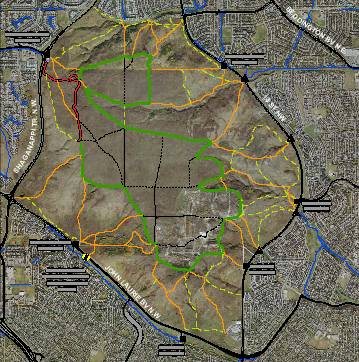 看到今日的“鼻子山”,這個北美百萬人口大都市裡可能是唯一沒有開發利用的城 市中心大野地,引起我的好奇心?為什麼這麼重要的一塊“黃金寶地”竟得以存留 至今? 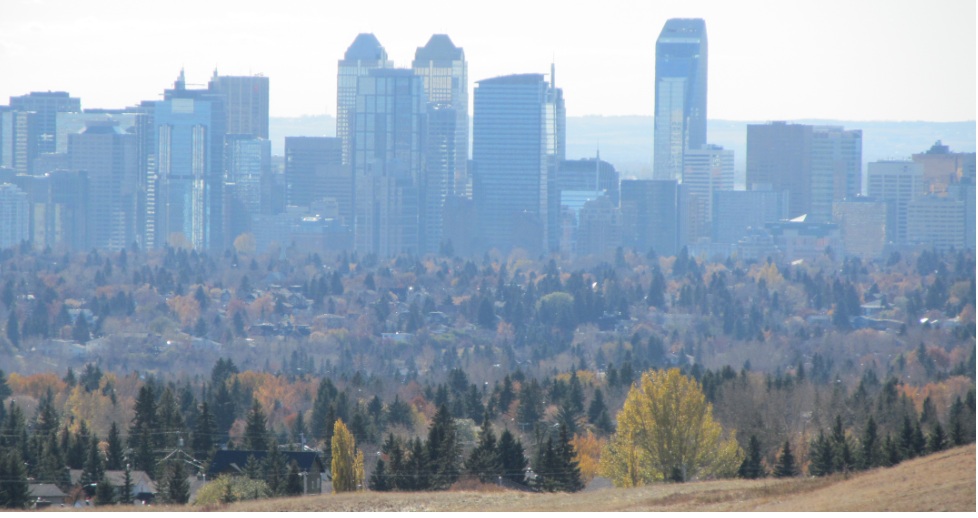 P1 歷史見證: 我網上GOOGLE了一下。其結果如下。 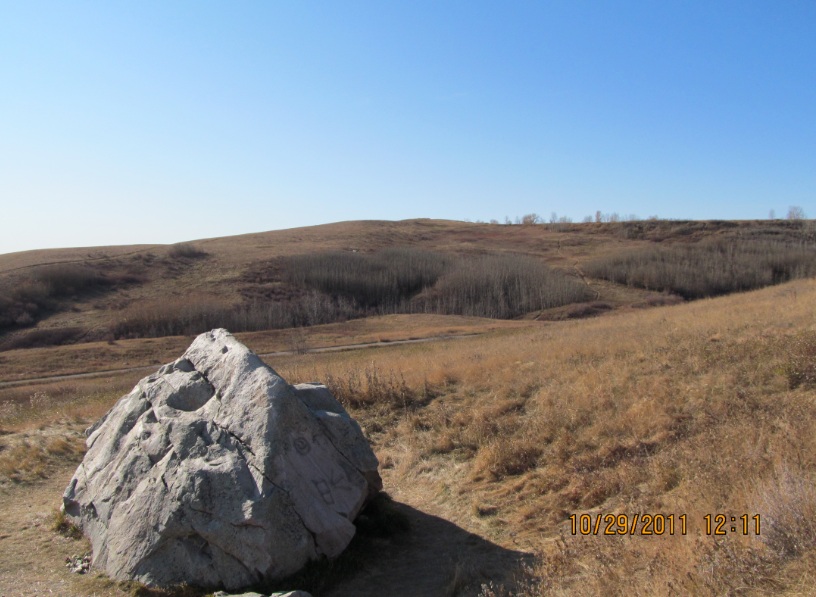 P2 “For millennia, Nose Hill stood silent vigil as Glacial Lake Calgary receded and a river surging out from the mountains carved its way through the old lake bottom. Over the centuries that followed, the hill witnessed a succession of people sculpting a unique history within and around the Bow River Valley. Many of those people visited the Nose Hill itself, and its immediate surroundings. 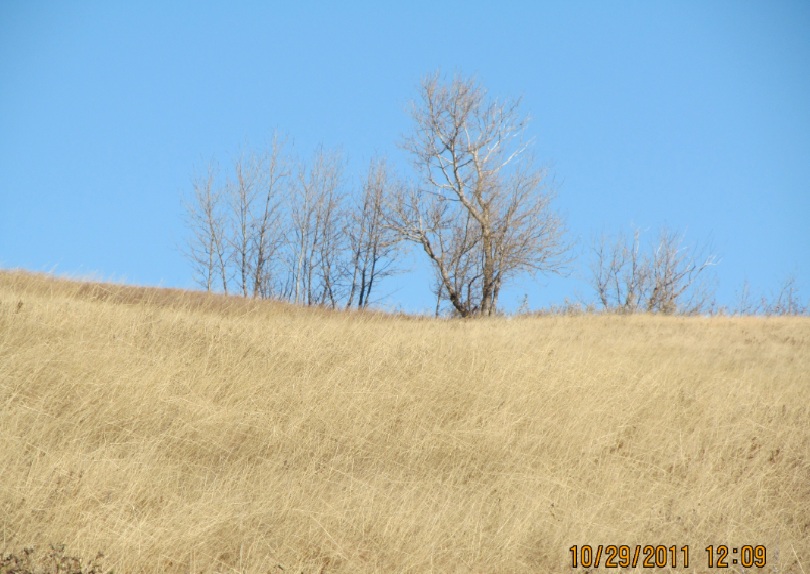 P3 Exposed to the drying and warming effects of the recurrent Chinook winds, Nose Hill long provided favourable wintering grounds for bison herds which, in turn, attracted people to the hill's grassy slopes. The park today contains numerous tipi rings - circles of stone once used to weigh down the conical-shaped skin dwellings of plains bison hunters. Also within the perimeters of today's park are ancient tool-making stations, a stone cairn, and evidence of bison kills conducted long ago. In 1900, one Euro-Canadian settler in the Nose Hill area described the archaeological residue below the cliffs of the coulee by McPherson Creek as a bone bed nine feet thick and an acre in extent. Establishing the tribal identities of all the people who left archaeological evidence on and around Nose Hill is virtually impossible. Most of the more recent sites, however, probably belonged to the Peigan, who dominated the territory in the vicinity of the Bow Valley when the Europeans first appeared. 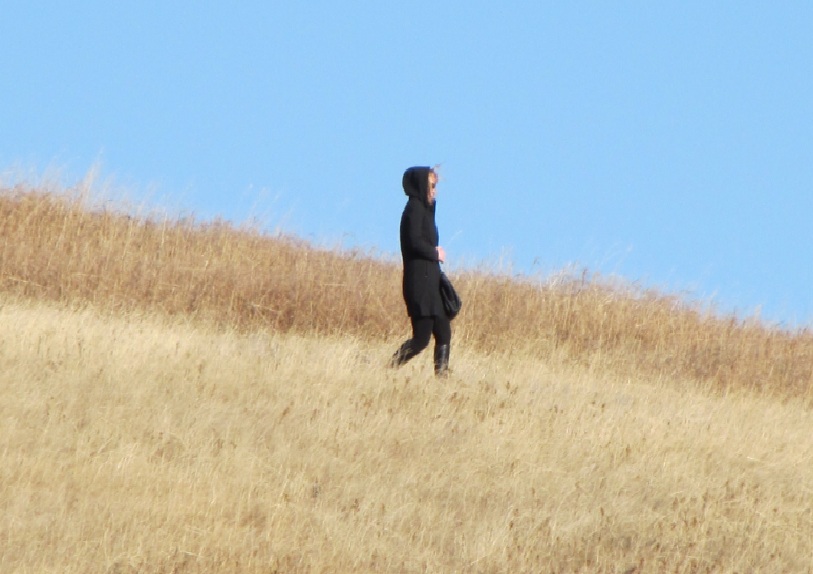 P4 Explorer and Hudson's Bay Company (HBC) trader David Thompson wintered at a Peigan encampment on the Bow River in 1787/8, and in 1800 returned to the area as a North-West Company employee. In his journal for the year, Thompson made specific note of Nose Hill. Eight years earlier, another well-known trader, HBC man Peter Fidler, also recorded an excursion to the hill with Peigan guides. The details of Fidler's journal entry illustrate well how dramatically the region's warm Chinook winds can affect the cold temperatures that characterize winters in southern Alberta. The temperature on the December day of Fidler's visit to Nose Hill was a balmy 14 degrees Celsius (58 degrees Fahrenheit). 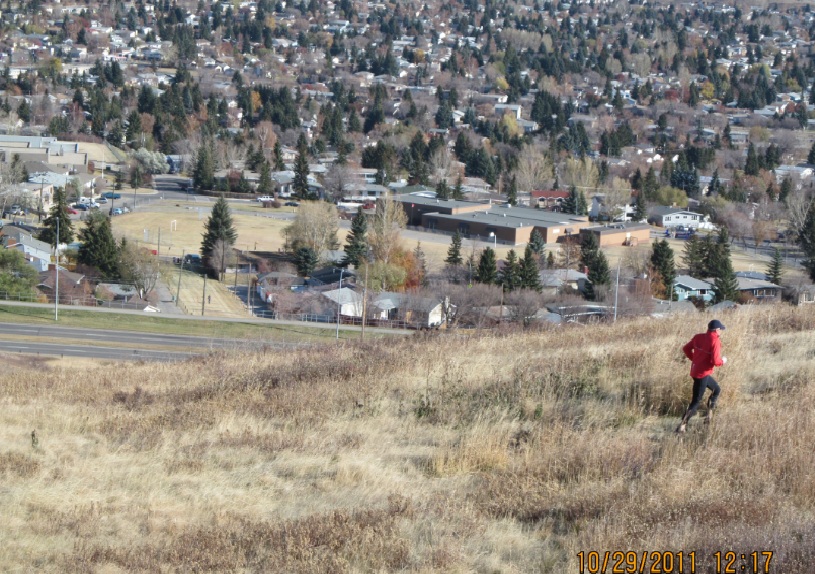 P5 John and George McDougall, Methodist missionaries, experienced more typical winter weather when they traveled to Nose Hill to hunt bison some four decades later. En route back to their hunting camp on the bitterly cold night of January 24, 1876, the elder McDougall, George, lost his way. A savage snowstorm delayed efforts to locate the missing man. On February 6, a search party finally discovered McDougall's frozen body on the east side of Nose Creek. 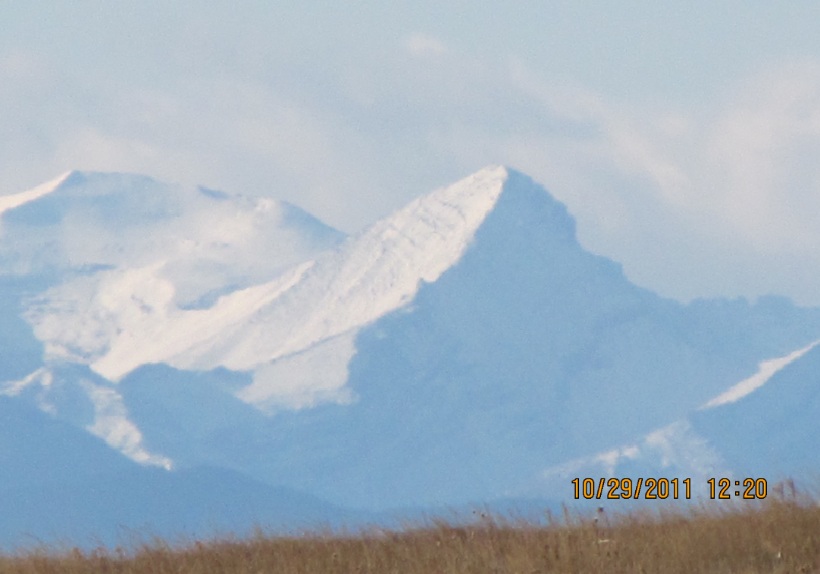 P6 Names currently associated with topographical features in and near Nose Hill Park reflect the impact of the European newcomers and European trade goods on the Peigan. For example, Spy Hill, the westward extension of Nose Hill, derived its present name from the aboriginal practice of communicating with distant colleagues by flashing European trade mirrors from elevated locations. Other effects of the Europeans' arrival were more insidious. The six bison that the Methodist missionaries shot during their ill-fated hunting excursion were mere remnants of southern Alberta's once vast buffalo population. By 1879, the bison herds had vanished from Nose Hill. A new chapter of local history had begun. A fledgling Euro-Canadian community, Fort Calgary, had appeared in the valley beneath Nose Hill. The area around Nose Hill itself played a significant economic role in Calgary' s subsequent physical transformation from police fort to prairie city. Much of the sandstone used to construct the imposing public buildings that became Calgary's hallmark after 1886 came from quarries local entrepreneurs operated on Nose Creek. Stone from the J A Lewis quarry provided the entrance to the Imperial Bank and part of the new city hall erected in 1909. Masons used materials carted into the city from Nose Creek to build James Short School and Calgary's old courthouse as well. 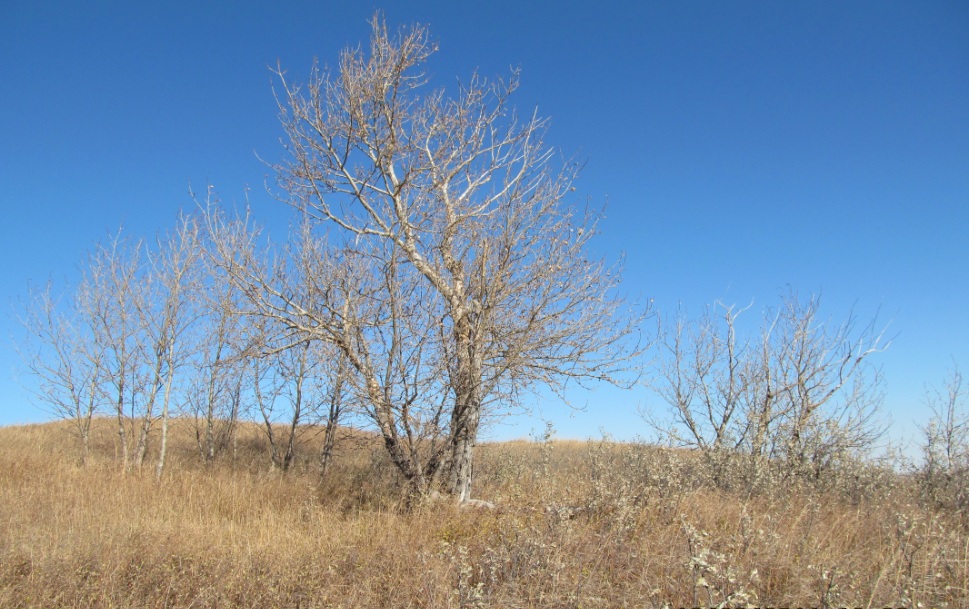 P7 During the construction "boom" years prior to World War I, Nose Creek also made a significant contribution to less reputable facets of the young city's economy. Bordellos built along the banks of the creek helped sustain the local prostitution trade, and further Calgary's growing notoriety as "... the booze, brothel and gambling capital of the far western plains." (James Gray, Red Lights on the Prairies, 1971, p. 125.) Business at the brothels flourished until World War I, when competing downtown facilities that operated near the city's saloons and new army barracks diverted attention away from the less accessible Nose Hill and Nose Creek district. 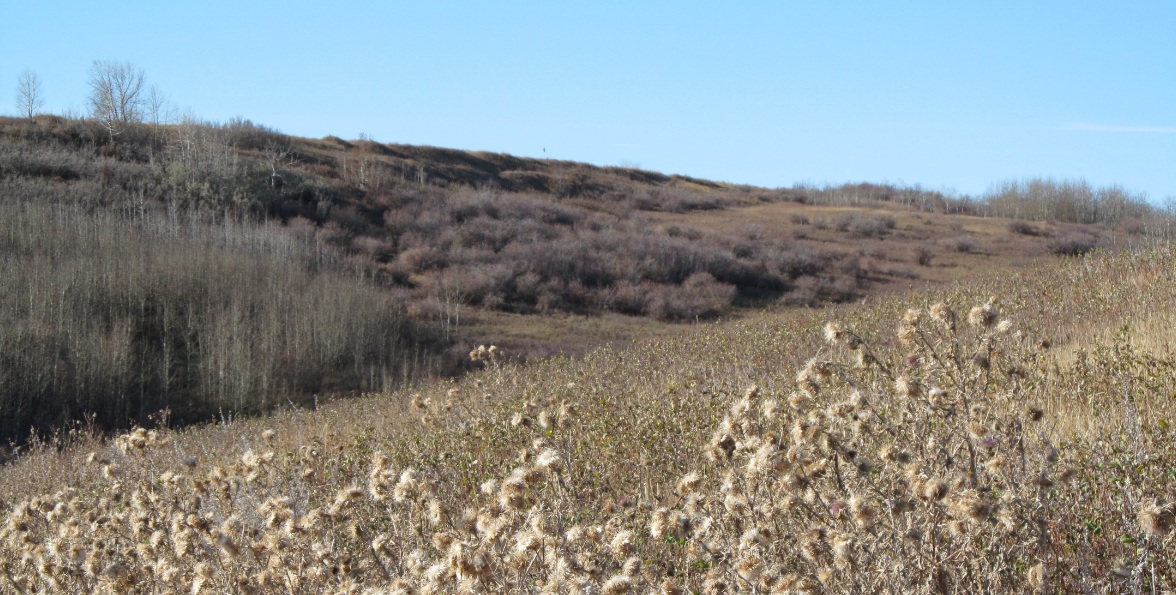 P8 In the fall of 1896, a young Blackfoot man, Running Weasel, died south of the Bow River. His final request provides eloquent testimony to Nose Hill's enduring role as a sentinel presiding over the passage of time. At his death, Running Weasel asked that he be " ... put where he could see the great city [of Calgary] grow beneath his feet." (Calgary Herald, March 11, 1897). His well-known friend Deerfoot placed his coffin beside Nose Creek.” 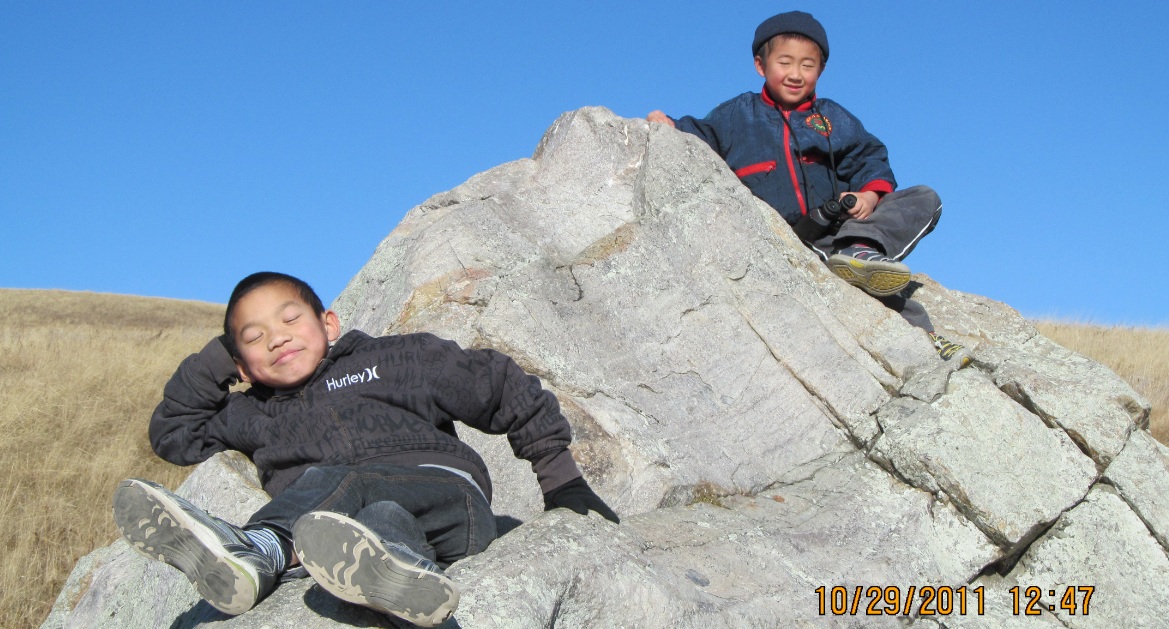 P9 http://www.ucalgary.ca/applied_history/tutor/calgary/nosehill.html 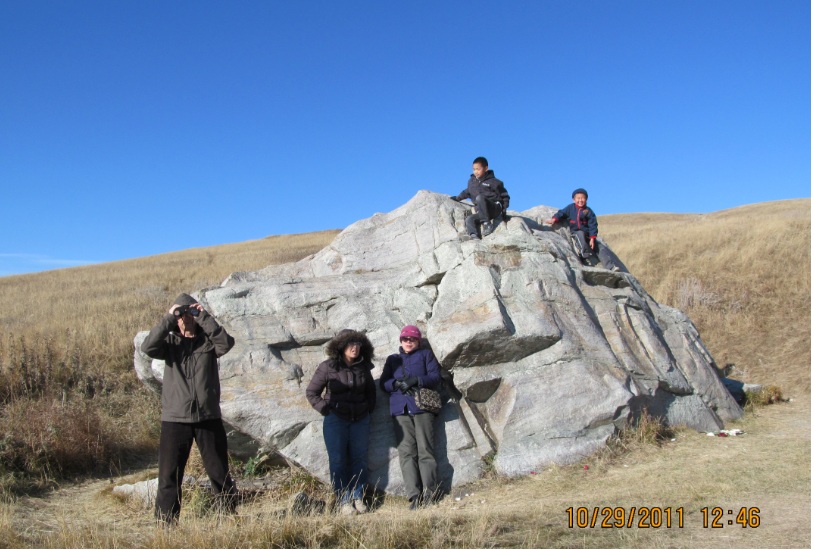 P10 下面是狗狗翻譯(Translate):請奏合地讀。SORRY。 幾千年來,鼻子山站在冰湖卡爾加里沉默地守着夜,一條河流(指弓河,BOW RIVER, 實應為二條大河:弓河和ELBOW,綿羊河湧入後者,THESON 注)從山上洶湧雕刻的方 式,通過老湖底。隨後幾個世紀以來,鼻子山見證了一個獨特的弓河山谷內歷史變 遷和河床演化過程。許多人士參觀了鼻子山本身其周圍的環境。 暴露到經常性的落山風的乾燥和變暖的影響,鼻子山上有野牛,這反過來,吸引著 人們到山上的草坡存欄提供了有利的越冬地。公園今天包含了大量的的踢被戒指 - 曾經被用來衡量平原野牛獵人的圓錐形的皮膚住宅石圈。此外,在今天的公園周邊 內古老的工具站和石頭山,還有不久前剛得到野牛被殺死的證據。 在1900年,歐盟和加拿大在鼻子山地區的定居者描述為一個9英尺厚的骨床和程度英 畝麥弗遜河古力懸崖下的考古殘留。建立所有的人左鼻山及周圍的考古證據的部落 身份幾乎是不可能的。更近的地點,但大部分可能屬於Peigan當歐洲人第一次出現 在弓河谷附近的領土,誰占主導地位? Explorer和哈得遜灣公司(HBC)的交易員大衛湯普森在1787年/ 8弓河在Peigan營 地越冬,並在1800年返回到作為西北公司雇員地區。他在今年的雜誌中,湯普森鼻 子小山的具體說明。八年前,另一家知名商,HBC,簡稱:男子彼得菲德勒,也記錄 了一個漂移的山Peigan指南。菲德勒的日記條目的詳細說明以及如何顯著該地區??的 溫暖的落山風影響的特點在艾伯塔南部冬季寒冷的氣溫。 12月菲德勒的訪問鼻子小 山一天的溫度是攝氏度(58華氏度),一個風和日麗的14度。 約翰和喬治麥克杜格爾,衛理公會傳教士,經歷了典型的冬季天氣,鼻子山狩獵美 洲野牛,大約四十年後,當他們前往。途中他們對1876年1月24日,寒冷的夜晚打獵 營地,老麥克杜格爾,喬治,失去了他的去路。野蠻暴風雪延遲努力尋找失蹤的男 子。 2月6日,搜索隊終於發現鼻溪東側麥克杜格爾的冷凍身體。 目前鼻子山公園和附近的地形特徵有關的名字反映了歐洲的新人,和歐洲的Peigan貿 易貨物的影響。例如,間諜山,鼻子山向西延伸,其現在的名稱來自原住民的實踐 與遠方的同事溝通閃爍高架位置的歐洲貿易鏡子。其他影響歐洲人的到來更陰險。 這六個野牛,命運多舛的狩獵遊覽期間拍攝的衛理公會傳教士,僅僅艾伯塔南部的 一次龐大的水牛人口遺留物。 到1879年,野牛牧群從鼻子小山已經消失。當地歷史上的一個新的篇章開始了。一 個初出茅廬的歐洲堡壘卡爾加里,加拿大的社區,曾經出現在鼻子小山下方的山谷。 圍繞鼻子小山本身的面積在卡爾加里的隨後物理警方堡草原城市的轉變中發揮了顯 著的經濟作用。大部分用於興建氣勢後,1886年成為卡爾加里的標誌性公共建築的 砂岩來自採石場鼻子上溪經營的當地企業家。從JA劉易斯採石場的石材提供的入口, 帝國銀行,並於1909年興建的新市政廳的一部分。泥瓦匠用材料用車運送到城市從 鼻子小河建立詹姆斯短的學校和卡爾加里的老法院以及。 在建設繁榮年第一次世界大戰之前,鼻子小河信譽較低的年輕的城市的經濟方面也 取得了重大的貢獻。沿小河的銀行建妓院,幫助維持當地的賣淫的貿易,並進一步 卡爾加里的增長惡名為... ...酒,妓院和賭博的遠西部平原的資本。 (詹姆斯灰 色,紅燈在大草原上,1971年,第125頁。)商業興盛,直到第一次世界大戰,競爭 市中心設施,靠近城市的轎車經營和新的軍營時轉移注意力較少訪問的鼻子小山的 妓院和鼻子小河區。 在1896年秋天,一個年輕的黑腳人,運行黃鼠狼,死亡的弓河以南。他最後的請求 提供雄辯地證明了鼻子山主持時間的推移,作為一個定點的持久作用。在他的死亡, 運行黃鼠狼問他,.. ...把??在那裡他可以看到偉大的城市卡爾加里成長下他的腳。 他眾所周知的朋友Deerfoot放在他的棺材旁邊鼻溪。 - 卡爾加里先驅報,3月11日,1897年 - 江山如畫-穿越洛磯山Spray Lake(噴霧湖)_01 江山如畫-穿越洛磯山Spray Lake(噴霧湖)_02 江山如畫-穿越洛磯山Spray Lake(噴霧湖)_03 我居住的“小紐約”鎮-長觀鎮_01 我居住的“小紐約”鎮-長觀鎮_02 雪山湖泊熊鹿羊 雪山草場青驄馬 雪山湖泊熊鹿羊(續一): 洛磯山綿羊 雪山湖泊熊鹿羊(續二):駝鹿世界 雪山湖泊熊鹿羊(續三):灰熊母子(Grizzly) 雪山湖泊熊鹿羊(續四):冰山來客 |
|
|
 |
 |
| 實用資訊 | |
|
|
| 一周點擊熱帖 | 更多>> |
| 一周回復熱帖 |
| 歷史上的今天:回復熱帖 |
| 2010: | 雨中漫步 秋天的味道 | |
| 2010: | 古色古香的西安一 | |
| 2009: | 匆匆秋色 | |
| 2009: | 藍色的誘惑 | |
| 2008: | 柞里子:玻璃世界 | |
| 2008: | 周末掃街(2) - 老人篇 | |



